Increased Demand for Precision Agriculture
The hyperspectral imaging-system market is experiencing a surge in demand due to the increasing focus on precision agriculture. Farmers are increasingly adopting advanced imaging technologies to enhance crop monitoring and yield prediction. This technology allows for the identification of plant health, soil conditions, and nutrient levels, leading to more efficient resource management. According to recent data, the precision agriculture market is projected to grow at a CAGR of approximately 12% from 2025 to 2030, which directly influences the hyperspectral imaging-system market. As agricultural practices evolve, the integration of hyperspectral imaging systems becomes essential for optimizing productivity and sustainability in farming.
Growing Environmental Monitoring Initiatives
The hyperspectral imaging-system market is significantly influenced by the growing emphasis on environmental monitoring initiatives. As concerns regarding climate change and environmental degradation intensify, there is a heightened need for accurate data collection and analysis. Hyperspectral imaging systems provide critical insights into land use, vegetation health, and pollution levels. Government agencies and environmental organizations are increasingly utilizing these systems for monitoring purposes. The market for environmental monitoring is expected to expand at a CAGR of 10% over the next five years, thereby driving demand for hyperspectral imaging technologies. This trend underscores the importance of these systems in addressing environmental challenges.
Rising Investment in Research and Development
Investment in research and development (R&D) within the hyperspectral imaging-system market is on the rise, driven by the need for innovative solutions across various sectors. Organizations are allocating substantial budgets to develop advanced imaging technologies that can provide higher resolution and faster processing capabilities. The US government has also increased funding for R&D initiatives, particularly in environmental monitoring and defense applications. This trend is expected to bolster the market, as advancements in technology lead to enhanced capabilities and new applications. The R&D investment is projected to reach $1 billion by 2026, indicating a robust growth trajectory for the hyperspectral imaging-system market.
Advancements in Defense and Security Applications
The hyperspectral imaging-system market is witnessing growth due to advancements in defense and security applications. Military and defense organizations are increasingly adopting hyperspectral imaging technologies for surveillance, reconnaissance, and target identification. These systems offer enhanced capabilities for detecting and identifying materials that are otherwise difficult to discern. The US Department of Defense has recognized the potential of hyperspectral imaging, leading to increased funding and integration into various defense programs. The defense sector is projected to account for approximately 30% of the total market share by 2027, highlighting the critical role of hyperspectral imaging systems in national security.
Integration with Artificial Intelligence Technologies
The integration of artificial intelligence (AI) technologies into the hyperspectral imaging-system market is emerging as a key driver of growth. AI algorithms enhance the analysis and interpretation of hyperspectral data, enabling more accurate and efficient decision-making processes. This synergy allows for real-time data processing and improved predictive analytics across various applications, including agriculture, environmental monitoring, and defense. As organizations increasingly recognize the value of AI in enhancing imaging capabilities, the market is expected to see a significant uptick in adoption rates. The AI integration is anticipated to contribute to a market growth rate of 15% annually, further solidifying the position of hyperspectral imaging systems in various sectors.


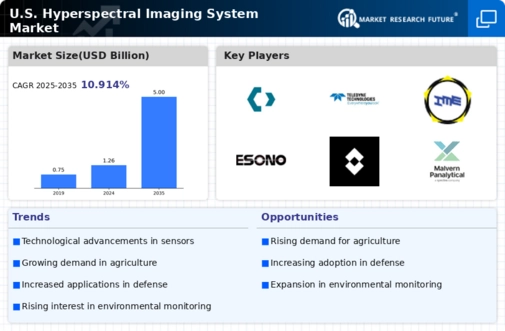

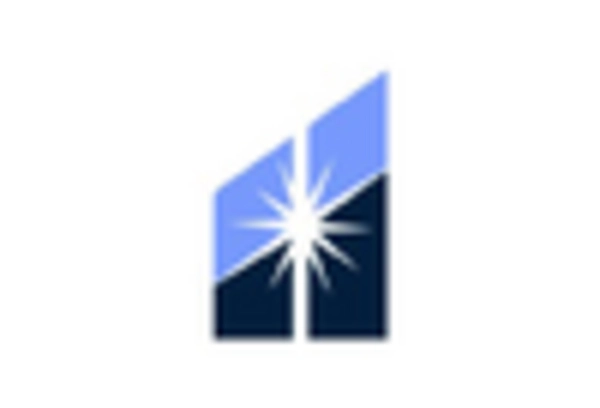

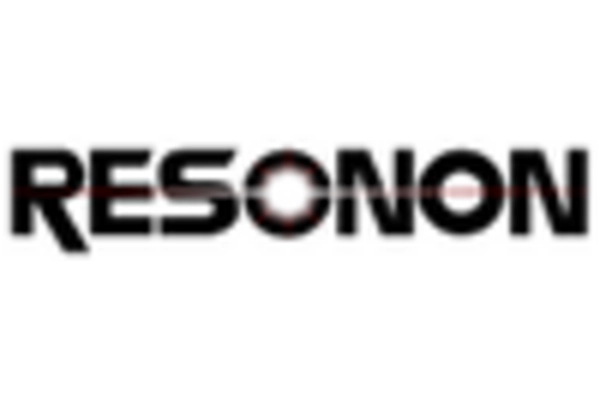
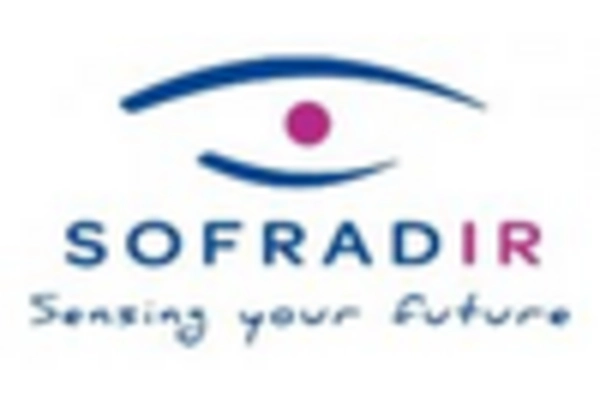
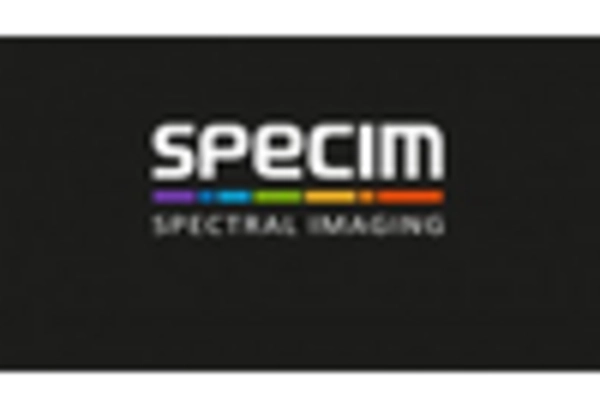








Leave a Comment